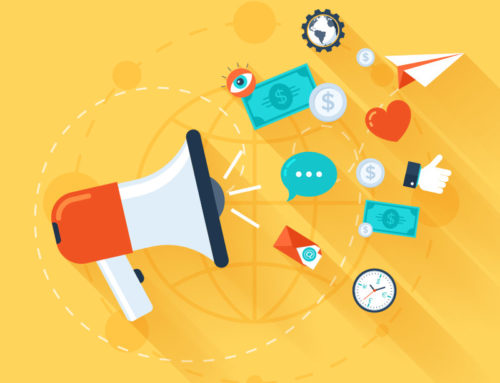If you’re like most business owners, you understand the importance of having a website. In today’s digital age, a website is essential for promoting your products or services and reaching new customers. But what you may not realize is that your website also needs to be secure. Hackers are constantly looking for ways to exploit vulnerabilities in websites, and if your site is unprotected, you could be at risk. So, how do you know if your WordPress site is secure? Read on to find out.
1. Check Your Themes and Plugins
One of the easiest ways for hackers to gain access to your site is by exploiting vulnerabilities in themes and plugins. That’s why it’s important to make sure that all the themes and plugins on your site are up to date. You should also only use themes and plugins from reputable sources. If you’re unsure whether a theme or plugin is safe, you can check the reviews or contact the developer for more information.
2. Use a Web Application Firewall
A web application firewall (WAF) helps to protect your site from malicious traffic by filtering incoming requests and blocking dangerous ones. W3 Total Cache is a popular WordPress caching plugin that includes a built-in WAF. Alternatively, you can install a standalone WAF like Sucuri or CloudFlare.
3. Implement Two-Factor Authentication
Two-factor authentication (2FA) adds an extra layer of security to your login process by requiring users to enter both their username and password, as well as a one-time code that is generated by an app on their mobile device. This makes it much harder for hackers to gain access to your site even if they have your username and password because they would also need access to your phone. Adding 2FA to your WordPress site is easy with a plugin like Two Factor Authentication or Google Authenticator.
4. Keep Your WordPress Installation Up to Date
WordPress releases new versions of its software regularly, and each new release includes security fixes for any vulnerabilities that have been discovered since the last update. That’s why it’s important to keep your WordPress installation up to date at all times. You can configure WordPress to automatically update itself by going to Settings > General and selecting the “Install Updates Automatically” option.
5. Protect Your wp-config.php File
The wp-config file contains sensitive information about your WordPress installation, including your database password. That’s why it’s important to make sure that this file is well protected. You can do this by adding the following line of code to your .htaccess file: <files wp-config> order allow deny deny from all </files> This will ensure that only authorized users can access the wp-config file.
As a business owner, it’s important to understand the importance of website security. Hackers are constantly looking for ways to exploit vulnerabilities in websites, so if yours isn’t well protected, you could be at risk. Fortunately, there are several things you can do to help secure your WordPress site, including checking themes and plugins for vulnerabilities, using a web application firewall, implementing two-factor authentication, keeping WordPress up-to-date, and protecting your wp-config file. By taking these precautions, you can help ensure that your site remains safe from attack.






